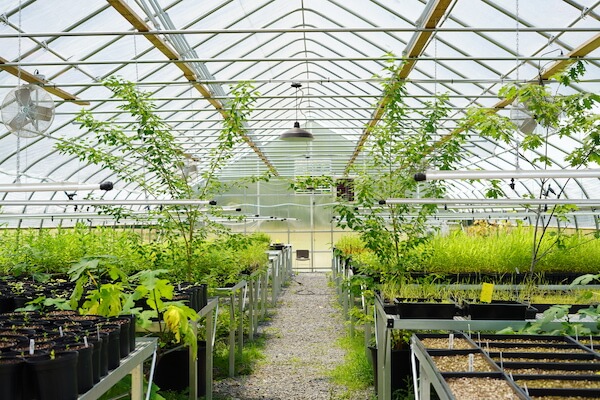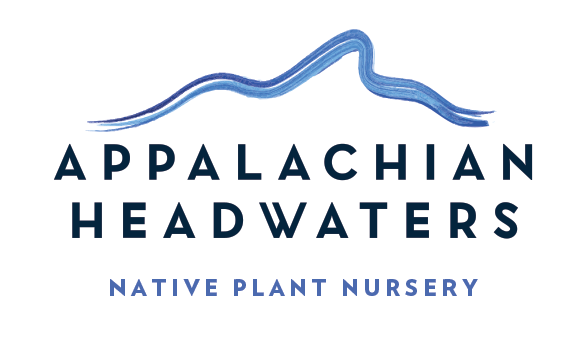
Native plants are those which existed before the arrival of Europeans in the 15th century. Over millennia, native plants formed relationships with the flora and fauna of their respective regions. This means native plants are the foundation of a healthy food web. Some insects, like the monarch butterfly, would disappear completely without the plants they rely on (in this case milkweeds, or Asclepias genus). Additionally, about a quarter of bees native to the Eastern US are “pollen specialists”, meaning they can only forage on a narrow selection of plants (usually a single family or genus, though sometimes just one species). The habitat available to these unique and litttle-known creatures is only shrinking, so it’s our job as responsible stewards to give them a place to be.
Native plants are also functional for human needs. Do you have an eroding slope, or property that floods after heavy rain? A dense planting of natives can slow runoff, and their deep roots can allow water to infiltrate into the soil. Do you want to see more birds, butterflies and moths, or bees? Do you want to grow your own food? The insects that natives attract feed the majority of land birds, and they can feed you too! Maybe you’re just bored of your turfgrass lawn, and tired of all the mowing and fertilizing you need to do. If that’s the case, a diverse selection of beautiful native plants is your best friend!









